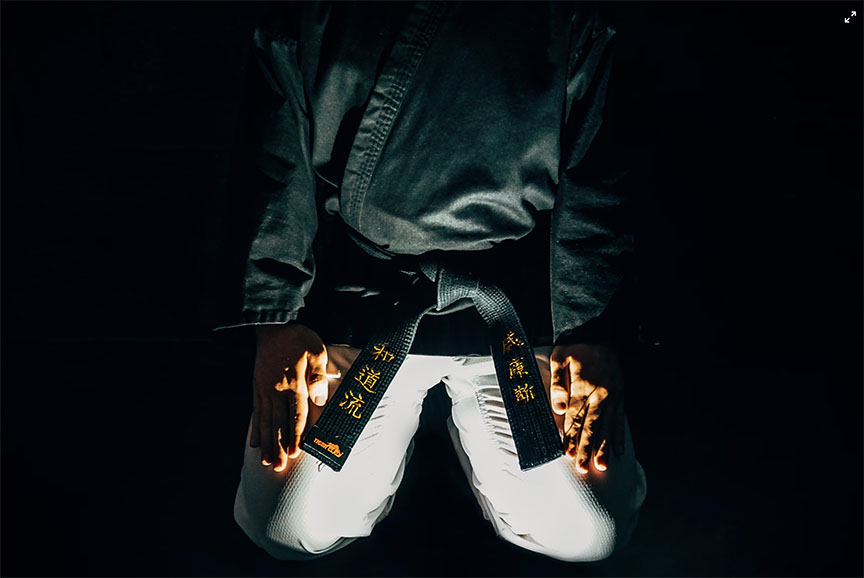
Delve into the captivating world of Asian cinema this winter break. Beyond the mainstream lies a treasure trove of films offering unique storytelling and profound cultural insights. These hidden gems from various Asian countries provide a cinematic journey unlike any other, showcasing diverse narratives that are both enlightening and entertaining.
Film 1: “Spring, Summer, Fall, Winter… and Spring” (South Korea, 2003)
“Spring, Summer, Fall, Winter… and Spring” is a serene South Korean masterpiece. Its storytelling flows as gracefully as its scenic backdrops, capturing life’s cyclical nature through the eyes of a Buddhist monk. Each season represents a stage in life, filled with lessons and emotions.
The film’s philosophical depth makes you pause and reflect, just like a quiet evening spent in thought. Maybe, delegate some of your workload to ‘do homework for me‘ services and free an evening for this film. It’s internationally celebrated, not just for its visual poetry but for how it gracefully portrays the human experience, making it a must-watch for those seeking a deeper understanding of life’s journey.
Film 2: “In the Mood for Love” (Hong Kong, 2000)
“In the Mood for Love” is a poignant Hong Kong drama that captures the essence of unfulfilled love. Set in the 1960s, it tells the story of two neighbors who form a deep bond after suspecting their spouses of infidelity.
The film’s visual style is mesmerizing, marked by lush colors and tight frames that evoke a sense of intimacy and secrecy. It brilliantly explores themes of love, longing, and the societal constraints that keep the protagonists apart. Recognized as a modern classic in Asian cinema, this film stands out for its emotional depth, artistic direction, and the powerful performances of its leads, Tony Leung and Maggie Cheung.
Film 3: “Tokyo Story” (Japan, 1953)
“Tokyo Story” is an iconic Japanese film renowned for its profound narrative and emotional resonance. The story revolves around an elderly couple visiting their indifferent and busy children in Tokyo, only to be confronted with the harsh realities of generational disconnect and loneliness. Its portrayal of family dynamics and the generational gap is both subtle and powerful, offering a timeless reflection on familial relationships.
The film’s impact on global cinema is monumental, influencing countless filmmakers with its storytelling techniques and thematic depth. It is celebrated for its simplicity, depth, and the poignant way it captures the complexities of family life.
Film 4: “A City of Sadness” (Taiwan, 1989)
“A City of Sadness” is a pivotal Taiwanese historical drama that delves into the turbulent period of Taiwan’s history during the 1940s. The film follows the lives of a family caught in the midst of the political turmoil following the end of Japanese rule and the arrival of the Kuomintang.
Its narrative is a powerful representation of Taiwan’s past, capturing the emotional and political struggles of the time. The film played a significant role in Taiwan’s New Cinema movement, breaking ground with its candid portrayal of sensitive historical issues. Its critical acclaim and numerous awards, including the Golden Lion at the Venice Film Festival, are testaments to its profound impact and importance in Asian cinema history.
Film 5: “Pee Mak” (Thailand, 2013)
“Pee Mak” is a Thai film that brilliantly mixes horror and comedy, a unique combination that has captivated audiences. It reinterprets the famous Thai legend of Mae Nak Phra Khanong, blending traditional folklore with modern humor.
The story revolves around Mak, a soldier who returns from war to his loving wife and child, unaware that they are ghosts. The film’s clever use of cultural references and its fresh take on a well-known ghost story resonate deeply with Thai audiences. Its widespread commercial success and appeal lie in its ability to balance scares with laughs, making it a standout in the horror-comedy genre.
Additional Recommendations
For those seeking more cinematic adventures, explore diverse Asian films like “3-Iron” (South Korea), a mesmerizing tale of love and solitude, or “The Lunchbox” (India), which beautifully captures the nuances of human connections. If academic pressures are heavy, remember services like the best essay writing service can assist, giving you more time to enjoy these cinematic treasures.
Also, don’t miss “Memories of Murder” (South Korea) for a gripping mystery, “Ilo Ilo” (Singapore) for a heartfelt family drama, and “The Tale of The Princess Kaguya” (Japan) for enchanting animation. Each film offers a unique window into different aspects of Asian life and storytelling.
Conclusion
Embarking on a journey through Asian cinema is not just about entertainment; it’s an enriching cultural experience. These films, from the hauntingly beautiful “Spring, Summer, Fall, Winter… and Spring” to the hilariously eerie “Pee Mak,” open doors to diverse narratives and perspectives. This winter break, seize the opportunity to dive into these cinematic gems. They’re more than just movies; they’re windows into the soul of Asia, expanding your horizons and deepening your appreciation for the art of storytelling.



